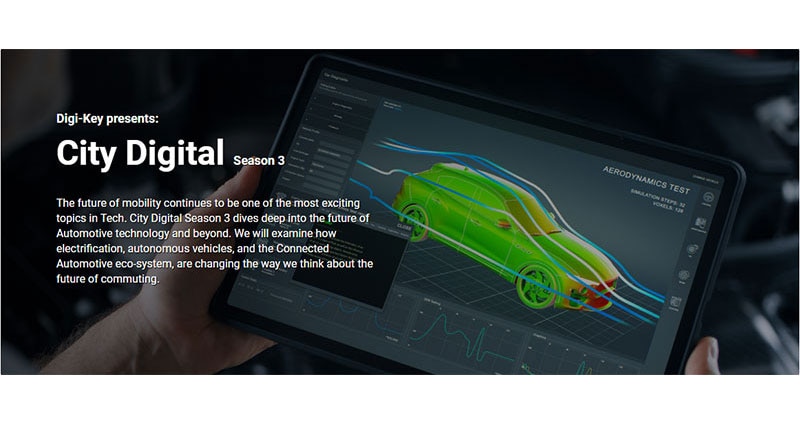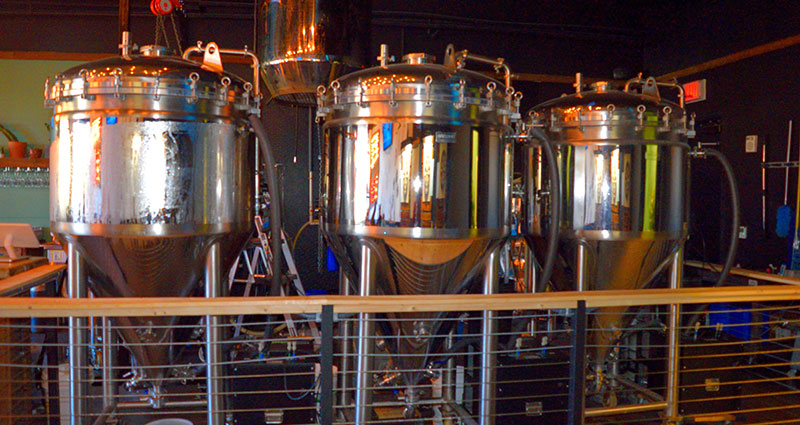How the Internet of Things (IoT) Is Used for Firefighting
When it comes to IoT and different applications, IoT fits almost everywhere. One application that plays an extremely important role is emergency firefighting, rural, urban, and forestry. As new IoT technology is being developed, it’s being incorporated into all aspects of emergency services to help not only keep first responders safer but keep the public safer as well.
 Modern firefighting depends on wireless connectivity for personnel and equipment safety. In this case, the drone is tracking firefighting assets to give a real-time look at situational awareness. (Image source: Taoglas)
Modern firefighting depends on wireless connectivity for personnel and equipment safety. In this case, the drone is tracking firefighting assets to give a real-time look at situational awareness. (Image source: Taoglas)
When we look at the different connectivity options offered that could be utilized, cellular (including FirstNet), Wi-Fi, and Satellite all come to mind. The type(s) of connectivity utilized will depend on the application and the location it’s needed. Let’s take a little deeper look into these connectivities and applications.
Cellular
Cellular is a great option for quick, instant connectivity. It’s often utilized for connecting firefighters on the ground back to the command center and dispatch. It also allows for monitors on ambulances to automatically send patient data to ERs to let doctors see patient information before they arrive. This instantaneous transfer of data saves precious time, which saves countless lives. Utilizing FirstNet allows for prioritized connection. In urban areas, when there is a lot of cell signal being used by the public, access can become spotty. FirstNet gives priority connection for first responders ensuring they have a highly reliable connection. FirstNet is also a great option for rural departments. There is often spotty areas of connectivity and utilizing FirstNet allows for pulling of the little bandwidth available for the best connection possible in that area.
Wi-Fi
Wi-Fi is another connectivity commonly utilized in firefighting. If two devices that are going to remain in a close proximity to each other need to be connected, this is the perfect option. This works great for situations where you have multiple devices in a command center, as well as vehicle and tool monitoring, video, thermal imaging, and data analysis. This allows Firefighters to make sure their equipment is properly maintained and functioning, to make real time situational readings such as smoke contents, as well as communication among team members.
Satellite
Satellite has its own set of applications where it comes in really useful. It’s most often used in forestry applications. There are two major use cases:
- There are a lot of forestry areas that don’t have access to cellular connectivity. In these cases, satellite plays a huge role in ensuring firefighters and forest rangers are able to stay in constant communication.
- The other major application is when a forest fire goes through an area that does have cellular connectivity. Often times in large forest fires connectivity infrastructure can be destroyed making cellular access no longer an option.
In these cases, satellite can be a fallback option until the cellular networks can be restored.
Summary
Now all these connectivity options are great, but they are useless without the right components. One component that’s often overlooked until the end is the antenna. Without a high quality, highly reliable antenna, none of the above connectivities are going to work as they should or have the reliability needed. When looking at antennas, the ratings, research, design support offered, and specs all come into play. For an example of antennas that will work great for critical applications like those mentioned above, take a look at Taoglas’s antennas.

Have questions or comments? Continue the conversation on TechForum, DigiKey's online community and technical resource.
Visit TechForum











